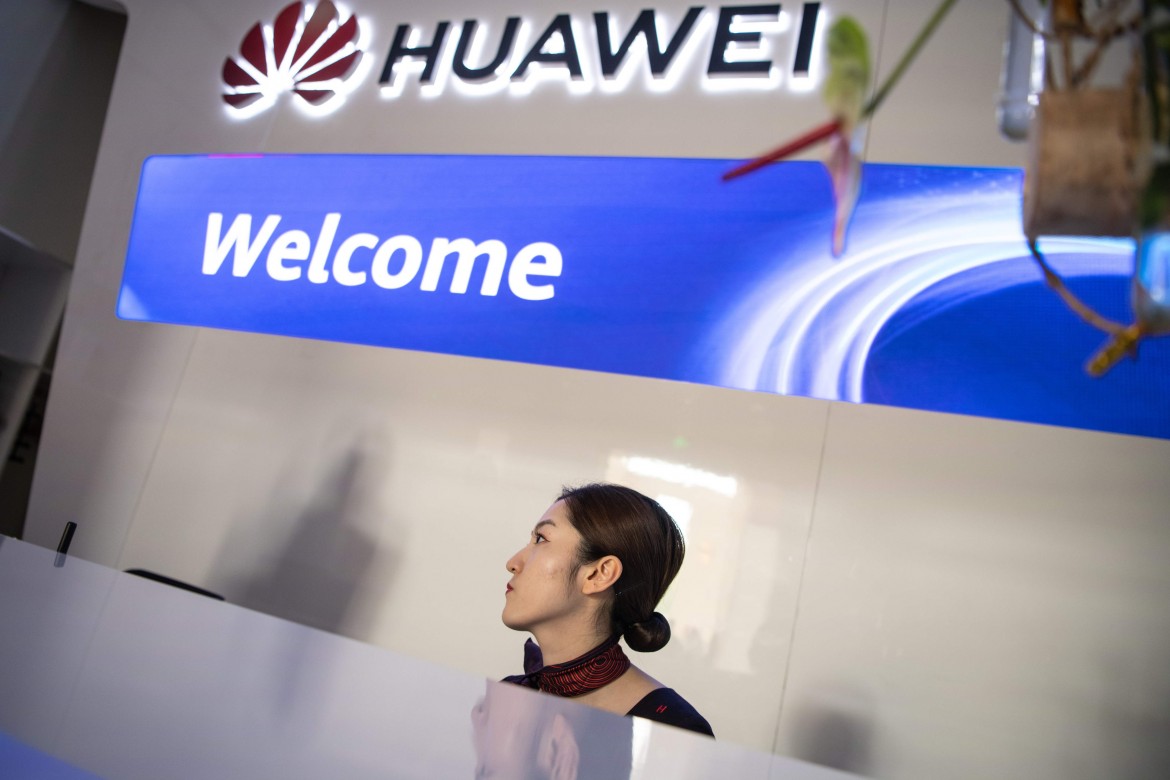Analysis
Trump’s anti-Huawei measures will hurt not just China, but US too
Trump wants to hit Huawei even at the price of hurting some American companies. His plan is to smoke China out by taking advantage of its lack of self-sufficiency in electronic components.

In addition to being the second-largest producer of smartphones in the world, the Chinese company Huawei is also the world’s largest manufacturer of telecommunications equipment. According to some analysts, it holds around 28% of this market (more than the European companies Ericsson and Nokia, its main competitors). Even more important is the fact that Huawei has won more 5G contracts than any other telecommunications company, a case in point of the new global Chinese push in the field of technology.
The trade war between China and the US has always played out against the background of the more general rivalry between the two countries in the fields of 5G and artificial intelligence: Washington has tried in every way to hinder Beijing’s progress in this regard, first by kneecapping ZTE (a Chinese state-owned telecommunications company), then by trying to harm Huawei through trials alleging espionage and intellectual property theft, without, however, producing any evidence of such misdeeds. Now, Trump has decided to try other methods to achieve this goal.
On Thursday, a two-punch combo of anti-Huawei targeted measures arrived from Washington, which could indeed make life difficult for the Chinese juggernaut, but may also cause other problems. Announcing the first of these measures, Trump said he was about to sign an executive order that would prohibit US telecom companies from using electronic equipment produced by companies considered a risk to national security. While Trump did not make any explicit references to Huawei, at least not this time, there could be no doubt about the intent of the measure, as it was preceded by a number of presidential barbs against the company.
In this regard, we should clarify one aspect: the largest American companies in the telecom and networking sectors are not using Huawei equipment: those who are relying on “Chinese” infrastructure are mostly small and medium-sized companies—the members of the Rural Wireless Association—which operate on a much smaller scale than the “big players” in terms of user numbers.
Accordingly, the aforementioned measure will not result in any major changes in the overall picture. However, the second new measure that was announced on Thursday could really be harmful to Huawei: the Shenzhen-based company was placed on an “exports blacklist” (along with 70 other companies), which means these companies will not be able to buy electronic components produced in the United States without administrative approval from Washington. In this case, the goal is clear: to cause pain to Huawei and China by hitting the only weak point of the Chinese hi-tech industry, namely semiconductors. Qualcomm, for instance, is an important Huawei supplier (accounting for 22% of its smartphone components, according to the company’s latest financial statements).
This means both that Trump wants to hit Huawei even at the price of hurting the business of some American companies, and that his plan is to smoke China out by taking advantage of its lack of self-sufficiency in terms of electronic components, an area in which Huawei, expecting adverse measures, has been making efforts to prepare itself for the past six months.
In any case, as reported by The New York Times, “even if Huawei is banned from the United States, it will likely control 40 to 60 percent of the networks around the world,” thanks to its consolidated position in Africa, Latin America and parts of Asia, “where it holds huge economic influence.” Another aspect which must be stressed is the possibility that Trump’s decision may end up alienating his (supposed) allies in Europe: the EU has always said that it could not exclude Huawei from the race towards implementing 5G, given the fact that the US itself had not done so. Now, however, that particular argument is moot.
Originally published at https://ilmanifesto.it/huawei/ on 2019-05-17
